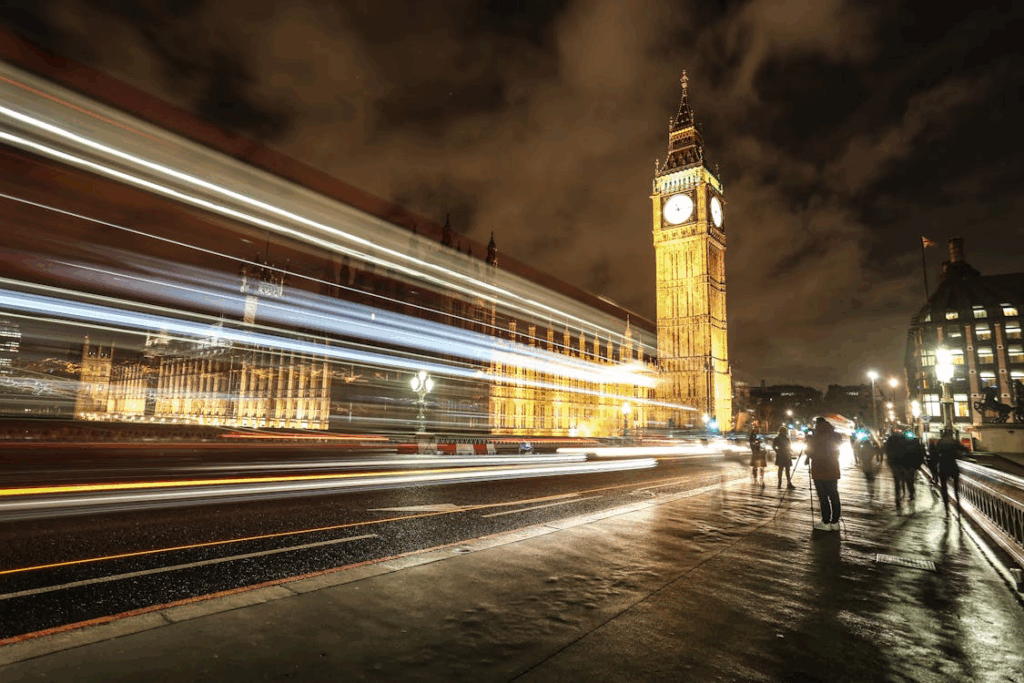You take a sugar pill labeled “placebo,” fully aware it contains no medicine. Yet somehow, you feel better. This paradoxical response has baffled scientists for decades.
How the placebo effect works isn’t just “all in your head.” It’s a genuine physiological phenomenon in which belief, expectation, and brain chemistry combine to produce fundamental, measurable changes in the body—even when we know the treatment isn’t real.
The Brain’s Belief System
The placebo effect begins in the brain’s prefrontal cortex, which manages belief and expectation. When you anticipate relief, your brain releases neurotransmitters like endorphins (natural painkillers) and dopamine (the reward chemical). These substances can reduce pain, lower anxiety, and improve mood. Essentially, mimicking the effects of real medication.
Functional MRI scans reveal that the same brain regions activated by actual drugs also light up during placebo treatment. The mind doesn’t just believe it’s getting better; it orchestrates biological responses that make it so.
Even more remarkable, open-label placebos. Placebos given with full disclosure and can still work. In these cases, patients are told, “This pill contains no active ingredients, but the placebo effect itself has been shown to help.” The act of taking the pill engages ritual, attention, and expectation. These powerful psychological triggers cue the body to respond.
See How Your Brain Fills In the Blanks When You See Optical Illusions to compare predictive coding with perception.
The Power of Expectation and Context
Placebo effects thrive on contextual cues, such as the environment, the authority of the provider, and the symbolism of treatment. A pill handed over by a confident doctor in a white coat, or a sterile room filled with medical equipment, sends powerful messages of safety and healing.
The brain interprets these cues through predictive coding, a process in which it uses past experiences to anticipate outcomes. When the mind predicts improvement, it directs the body to align with that belief—adjusting heart rate, inflammation levels, and pain perception accordingly.
This is why placebos can reduce symptoms in conditions like chronic pain, depression, and even Parkinson’s disease, where dopamine release plays a crucial role. The brain’s belief doesn’t just change perception. It changes chemistry.
Read Can You Train Your Brain to Be Happier? for habits that strengthen positive expectation.
The Role of Conditioning
Another mechanism behind the placebo effect is classical conditioning, which refers to the same learning process that made Pavlov’s dogs salivate at the sound of a bell. If your body associates taking a pill or visiting a doctor with previous healing experiences, it can reproduce those physiological responses automatically, even without active medicine.
This explains why even animals exhibit placebo-like responses. Their expectations, formed through repeated association, trigger actual physiological reactions such as lowered stress or reduced pain sensitivity.
Understand Why We Remember Embarrassing Moments So Clearly for emotion’s effect on memory and symptoms.
The Flip Side: The Nocebo Effect
Just as positive expectations can heal, negative ones can harm. The nocebo effect occurs when the expectation of side effects actually produces them. If patients are told a treatment might cause nausea or fatigue, many will experience those symptoms—even if they’re given a harmless substance.
This dark mirror of the placebo effect underscores how deeply belief shapes biology. The brain’s anticipatory systems influence everything from hormone release to immune function, showing that mindset can amplify or undermine physical well-being.
Why Honesty Doesn’t Cancel the Effect
So how can a placebo still work when you know it’s fake? Neuroscientists believe the key lies in conscious participation. When you take an open-label placebo, you’re not being deceived. You’re engaging your brain’s healing mechanisms intentionally.
The ritual itself becomes the treatment. By acknowledging that your mind influences your body, you activate self-regulation networks that restore balance. In this sense, the placebo becomes a tool for self-directed neurobiology.
Check out How Smells Trigger Our Strongest Memories for cues that shape automatic responses.
The Lesson Behind the Placebo
The placebo effect reveals that healing is never purely physical. It’s a partnership between mind, body, and expectation. Medicine, therapy, and ritual all work better when belief supports them.
Understanding this doesn’t make the effect weaker. It makes it more powerful. By learning how your brain’s belief systems operate, you can harness them consciously, turning one of science’s strangest mysteries into one of its most empowering truths.




